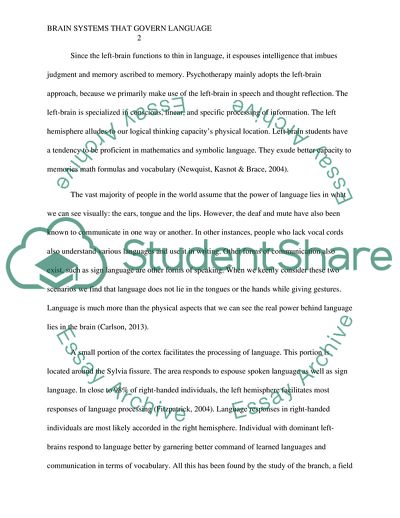Cite this document
(Brain Systems that Govern Language Essay Example | Topics and Well Written Essays - 1500 words, n.d.)
Brain Systems that Govern Language Essay Example | Topics and Well Written Essays - 1500 words. https://studentshare.org/psychology/1814375-what-brain-systems-govern-language
Brain Systems that Govern Language Essay Example | Topics and Well Written Essays - 1500 words. https://studentshare.org/psychology/1814375-what-brain-systems-govern-language
(Brain Systems That Govern Language Essay Example | Topics and Well Written Essays - 1500 Words)
Brain Systems That Govern Language Essay Example | Topics and Well Written Essays - 1500 Words. https://studentshare.org/psychology/1814375-what-brain-systems-govern-language.
Brain Systems That Govern Language Essay Example | Topics and Well Written Essays - 1500 Words. https://studentshare.org/psychology/1814375-what-brain-systems-govern-language.
“Brain Systems That Govern Language Essay Example | Topics and Well Written Essays - 1500 Words”. https://studentshare.org/psychology/1814375-what-brain-systems-govern-language.


